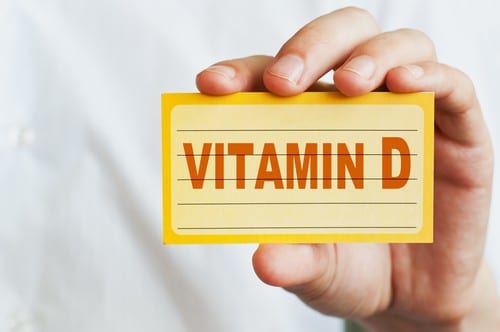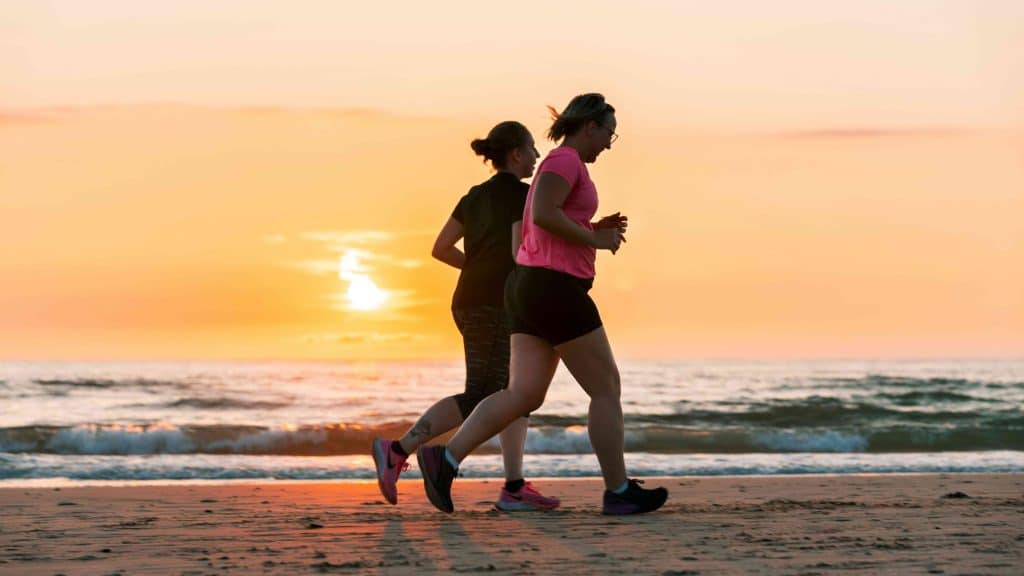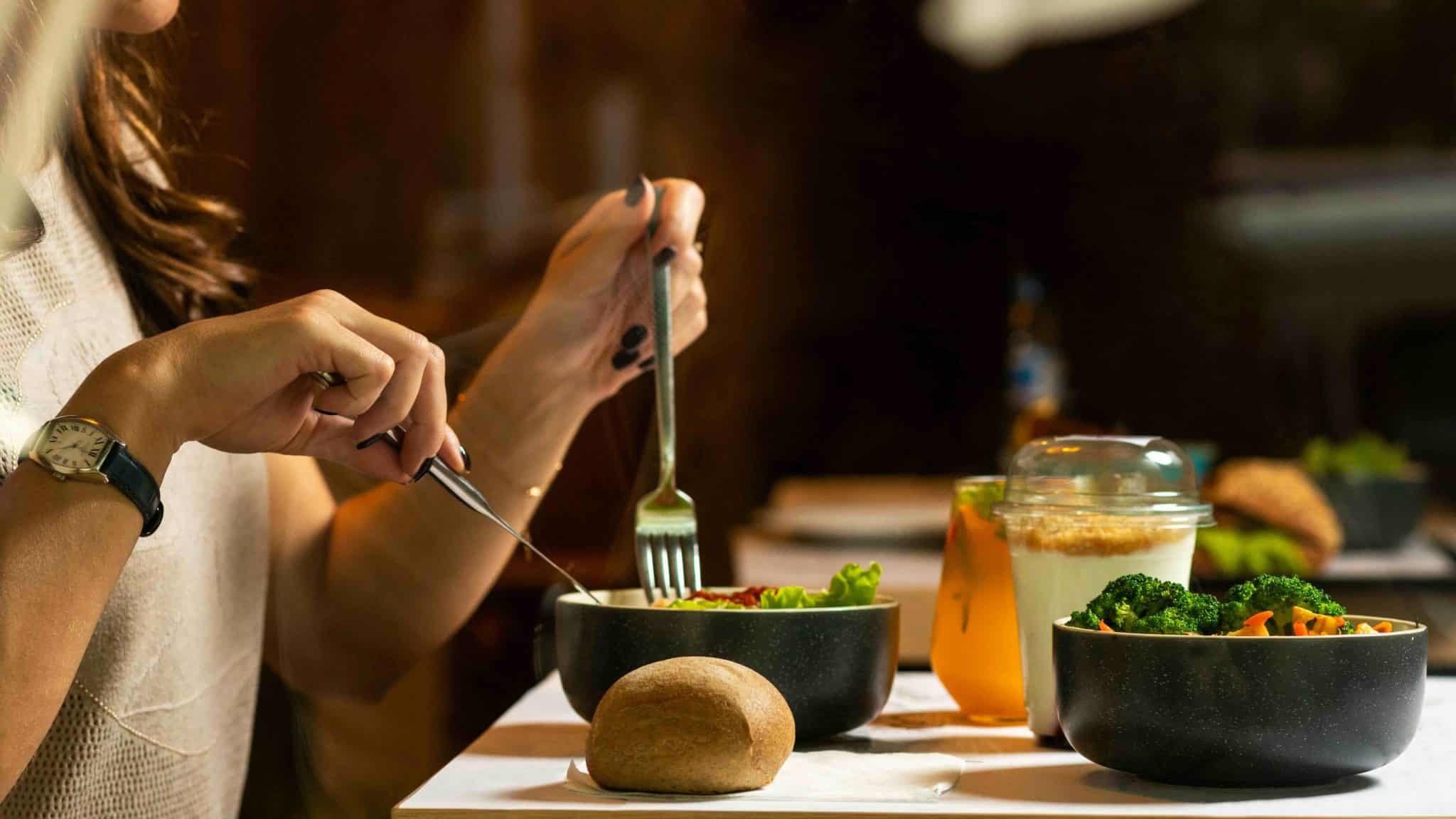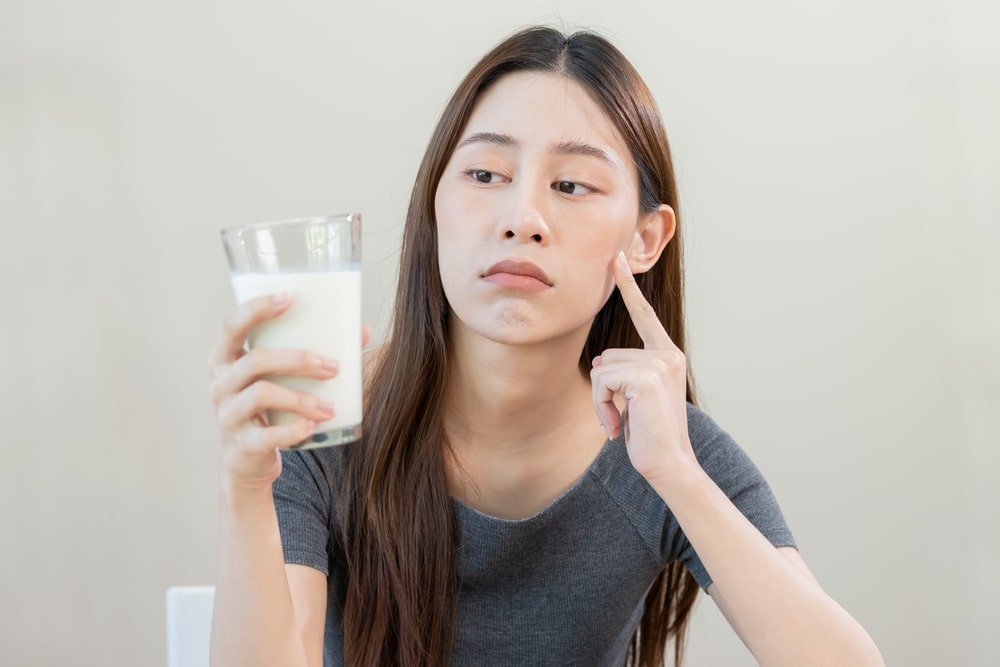What is Menopause?
How Does Menopause Cause Joint Pain?
Menopause is a phase of adult life that many women between 45 and 50 experience. It includes perimenopause, the phase b
The main reason menopause causes joint pain and muscle pain is the particular decrease in estrogen levels. When estrogen decreases, it creates an imbalance of hormones. This hormonal imbalance impacts joint health, which often leads to musculoskeletal pains in women with menopause.
One of the roles of estrogen in the body is reducing inflammation and regulating pain. Estrogen also has benefits on the articular cartilage. That’s why when estrogen levels decrease, inflammation can increase, leading to joint pain. Moreover, this decrease can create cartilage problems, contributing to joint discomfort.efore the actual menopause, menopause and postmenopause. During perimenopause, ovarian follicles start to decrease, as well as estrogen production. When the person enters the menopause phase, the menstrual cycles stop, representing the end of women’s reproduction capacity.
Common Symptoms of Menopause Joint Pain
Common symptoms of menopausal joint pain reported by menopausal women include:
- A feeling of heat around the joints
- Stiffness around the joints
- Swelling in the joints
- Pain in joints such as knees, shoulders, elbows, and hands
Natural Remedies for Menopausal Joint Pain

Vitamin D
Research has shown that vitamin D deficiency is often seen in people with rheumatoid arthritis, a disease causing severe inflammation in the joints. That’s why it is recommended for women who are having menopause joint pain to support their menopause transition and health with vitamin D supplements.
Omega-3s
Glucosamine
Turmeric
Borage Oil
Avocado Soybean Unsaponifiables

Lifestyle Changes to Reduce Joint Pain
The changes menopause can cause in the body, including hormonal imbalances, can lead to weight gain and higher insulin or blood pressure levels. That’s why it is essential to be aware of these changes to have a healthier and happier new stage in your life.
A Nobel-winning fasting plan, intermittent fasting can be a great dietary routine to balance your metabolism as you age and undergo hormonal changes. Research shows that fasting, including water fasting, provides many benefits to your health, including weight loss, chronic disease prevention and possibly cancer prevention.
The body heals itself by resting the digestive system, reducing inflammation, edema, fat, and infections during fasting. Thus, it can support your health against muscle, nerve and joint disorders during menopausal. Intermittent fasting has different methods, such as 16/8, 5:2 or 18/6, making it easy to choose the best option. Before starting, consider discussing these dietary changes with your doctor or dietitian.
Movement and exercise are essential for a healthy body and mind in every phase of life. Low-impact physical activities such as walking, swimming and other activities in the water can help prevent and reduce joint pain and improve joint function. Being active with something you like is a serotonin booster, too. That’s why exercise can also boost your mood and energy during these transitions.
Medical Treatments for Menopausal Joint Pain
Medical treatments for menopausal joint pain depend on your symptoms and general health. We recommend you see your doctor to receive your tailored short-term or long-term treatment plan. Below, we share short-term medical treatments to help ease, reduce and prevent menopausal joint pain:
Heat Therapy
You can apply heat to painful joints to increase the blood flow or soak in hot water to relax sore muscles and ease joint stiffness. You can try heat therapy with:
– Using a hot water bottle or hot water bag
– Taking a hot bath or going to a hot pool
– Using an electric heat pad
Cold Therapy
If you have a painful joint inflammation, applying a cold compress to your skin can help reduce the pain by slowing nerve impulses. You can try cold therapy by using:
– A handy ice bags
– Cold therapy pads or wraps
– A gel ice pack
Massage
Massage can increase blood flow and reduce the tension in the muscle. Try an aromatherapy massage with essential oils to warm muscles and relieve joint pain.
Joint Immobilization
If you have severe joint pain, consider using a brace, cast, or splint to rest and protect your joints from injury.
Acupuncture
Acupuncture is an ancient Chinese practice that may help stimulate pain-relieving chemicals in the body made by the nervous system. Always consider a licensed healthcare provider when conducting an acupuncture procedure.
Medications
If your doctor recommends, you can use non-steroidal, pain-relieving and anti-inflammatory medications for menopause joint pain, such as ibuprofen or aspirin.
Cellvital PEMF Therapy
Cellvital therapy can help reduce chronic pain and inflammation by accelerating the repair of damaged tissue and cells and improving blood flow.
Transcranial Electrical Stimulation (TES)
Transcranial Electrical Stimulation is a treatment device used for neurological and psychiatric disorders like depression and pain and can help reduce menopause joint pain.
ZeroBody Therapy
Zerobody therapy bed is an effective solution for psycho-physical regeneration. It treats muscular and joint pain from arthritis, fibromyalgia, inflammation and tendonitis. ZeroBody therapy is available TheLifeCo Bodrum Wellbeing centers.
Seeking Professional Help for Severe Menopause Joint Pain
If you have severe or chronic joint pain during menopause, reach out to your healthcare provider to receive treatment and prevent further complications.
FAQs about Menopause Joint Pain
Are there specific exercises that can help relieve menopause joint pain?
Are there any alternative therapies that have been effective for menopause joint pain relief?
What supplements help menopause joint pain?
Omega-3 fatty acids, Calcium, Vitamin D, Glucosamine, Chondroitin, Collagen, etc., are known for reducing inflammation and supporting bone health, and natural supplements like Evening Primrose Oil, Turmeric or Curcumin are known for their anti-inflammatory effects and may help alleviate joint pain.





